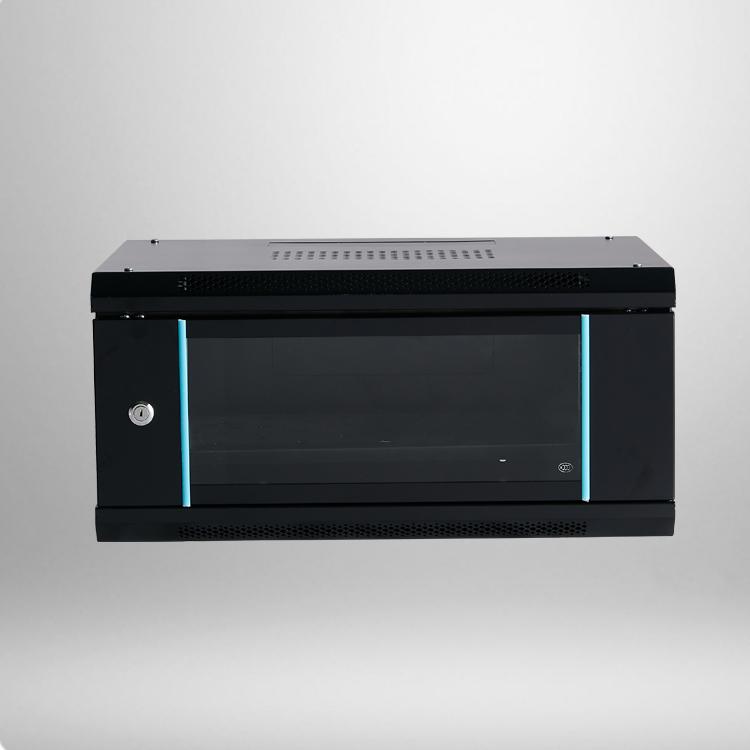
A network cabinet, also known as a server rack or equipment rack, is an important component of any IT infrastructure. It provides a secure and organized space to house networking equipment, servers, and other critical hardware. To ensure a seamless IT infrastructure, there are several considerations that should be taken into account when choosing and setting up a network cabinet. In this article, we will discuss these considerations in detail.
- Size and capacity: One of the first things to consider when selecting a network cabinet is its size and capacity. The cabinet should be spacious enough to accommodate all the necessary networking equipment and servers, both currently and in the future. It should also have adequate space for cable management. Additionally, the cabinet should be able to bear the weight of all the equipment without any risk of collapse or damage.
- Ventilation and cooling: Networking equipment generates a significant amount of heat, so proper ventilation and cooling are essential to prevent overheating and subsequent equipment failures. Choose a network cabinet with good ventilation options, such as perforated doors, removable side panels, or fans. Additionally, consider the location of the cabinet in relation to air conditioning vents or other cooling systems in the facility.
- Cable management: A well-organized cable management system is necessary to ensure easy maintenance, troubleshooting, and future expansions. The network cabinet should have cable management features such as cable routing, cable trays, or built-in cable management bars. These features will help prevent cable tangling and make it easier to identify and trace specific cables when needed.
- Security: IT infrastructure contains sensitive and valuable data, so security should be a paramount consideration when choosing a network cabinet. Look for a cabinet that offers physical security features such as lockable doors, side panels, and cable access points. Additionally, consider the location of the cabinet within the facility to minimize the risk of unauthorized access.
- Power distribution: A reliable and efficient power distribution system is crucial for any IT infrastructure. Consider a network cabinet that provides power distribution units (PDUs) or power strips to ensure proper power supply to the networking equipment and servers. The cabinet should also have sufficient space and accessibility for cable routing and management related to power supply.
- Accessibility: Easy access to equipment is essential for maintenance, upgrades, and troubleshooting. When selecting a network cabinet, consider factors such as removable side panels, sliding or rotating shelves, and front and rear access to equipment. Additionally, the cabinet should provide adequate space for equipment installation and cabling.
- Noise reduction: Networking equipment can produce a significant amount of noise, especially when housed in a confined space. This noise can be distracting and uncomfortable for employees working near the cabinet. Look for a network cabinet that offers soundproofing features, such as acoustic foam, to reduce noise levels and create a more comfortable working environment.
- Future scalability: IT infrastructure needs are constantly evolving, so it is crucial to consider future scalability when choosing a network cabinet. The cabinet should have enough space and flexibility to accommodate future expansions, additional equipment, and technology upgrades. It should also allow for easy integration of new equipment without disrupting the existing setup.
A network cabinet plays a vital role in ensuring a seamless IT infrastructure. By considering factors such as size and capacity, ventilation and cooling, cable management, security, power distribution, accessibility, noise reduction, and future scalability, organizations can select and set up a network cabinet that meets their specific needs and provides a solid foundation for their IT operations.


